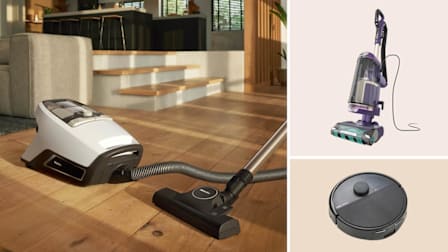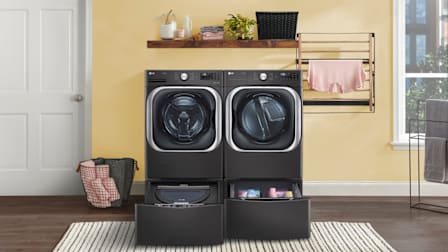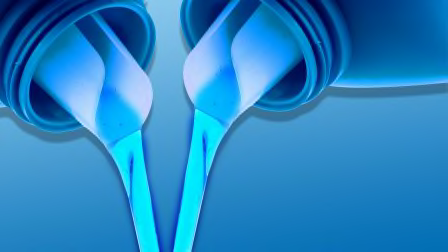Best Disinfectant Wipes
We put popular Clorox and Lysol wipes to the test, as well as Amazon Basics, Target's Up&Up, Walmart's Great Value, and other brands
When you shop through retailer links on our site, we may earn affiliate commissions. 100% of the fees we collect are used to support our nonprofit mission. Learn more.

I’m at the tail end of my first winter with a toddler in day care, and I feel like I’ve survived an epic battle. Each (rare!) week in which all three human members of my family are healthy seems like a miracle. There’s one weapon I find myself tempted to wield: disinfectant wipes. After having the flu, two bouts of norovirus, COVID-19, and seemingly endless colds, I’m feeling a bit paranoid.
- Disinfectants We Tested, and More: Amazon Basics Clorox Great Value Lysol Seventh Generation Up&Up How We Tested Sanitizing vs. Cleaning vs. Disinfecting Using Disinfectants Safely




















